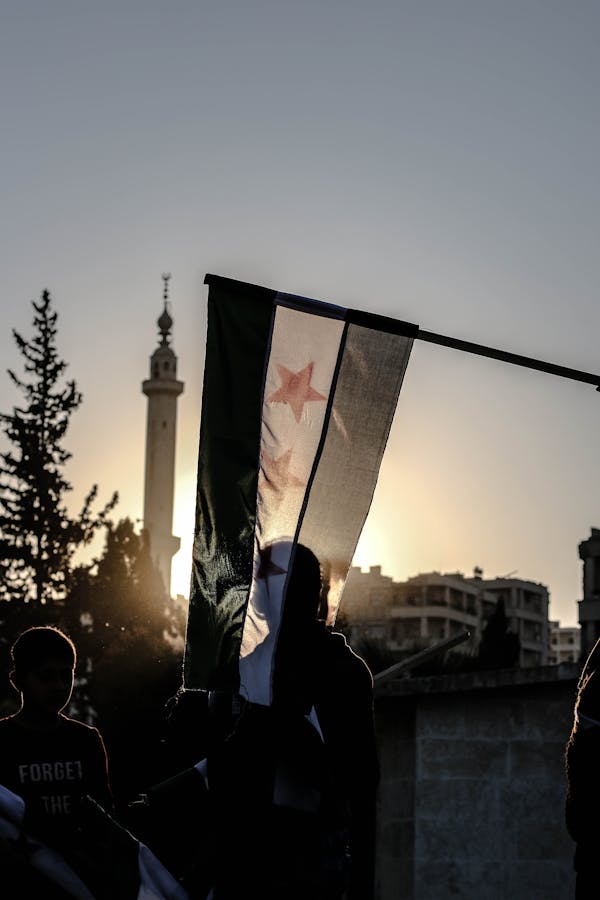The Iranian resistance movement embodies a relentless pursuit of freedom against a backdrop of oppression. Emerging from decades of political turmoil and societal discontent, various opposition groups challenge the Iranian regime’s grip on power. This exploration delves into key figures, ideologies, and the historical context shaping this struggle, offering insights into how these movements seek to transform Iran’s future. Join us as we uncover the complexities and aspirations driving this critical fight for liberation.
Overview of the Iranian Resistance Movement
The Iranian resistance movement has its roots in the 1979 revolution, with various groups opposing the regime’s power. Major opposition groups, like the People’s Mojahedin Organization of Iran (PMOI/MEK), have played essential roles, gaining traction in the recent protests. This page, https://www.maryam-rajavi.com/en/interim-session-of-the-national-council-of-resistance-of-iran/, details their efforts to unite diverse factions for democracy.
This might interest you : Exploring the Future of Self-Driving Public Transportation in the UK: Innovations and Insights
Recent protests in Iran have brought human rights issues to the forefront, drawing international attention. Demonstrations highlighted severe economic hardship with wages set well below the poverty line, sparking participation from retirees, nurses, and workers. Public defiance against mandatory hijab laws further illustrates the challenges facing the regime.
Women have been pivotal in these movements, championing change and demanding reform. The role of women is both historical and evolving, as highlighted in efforts made during International Women’s Day, 2025. With international support growing, the Iranian resistance continues to press for a future characterized by a democratic republic. This goal is emphasized by the National Council of Resistance of Iran through collaborative efforts, as noted in their interim sessions.
Have you seen this : Qatar diplomatic leader: a vision for international unity
Strategies and Impact of Resistance
Key Strategies Employed by Opposition Groups
In Iran, strategies of resistance have historically varied from peaceful protests to covert operations. Key opposition groups, including the National Council of Resistance of Iran (NCRI), leverage international support and digital activism to amplify their cause. These groups often face intense scrutiny and repression from the Iranian regime, but their resilience in advocating for human rights and political reform remains unwavering.
Case Studies Showcasing Effective Resistance Tactics
Examining case studies of Iranian resistance reveals numerous effective tactics. A notable example is the NCRI’s role in exposing covert nuclear facilities, significantly impacting international negotiations and policy decisions. Additionally, grassroots movements in Iran, supported by the Iranian diaspora, persist in organizing protests to highlight regime injustices, demonstrating the vital role of public pressure in driving change.
The Role of Grassroots Movements in Civic Engagement
Grassroots movements form the backbone of civic engagement in Iran, mobilizing through social media and community networks. These movements often emphasize collective action and solidarity, fostering a culture of resistance that connects resistance and democracy. Despite ongoing challenges, grassroots activism continues to inspire hope for democratic reform and political freedom in Iran.
The Role of International Community and Support
Overview of International Support Initiatives
International support for the Iranian resistance movement is crucial in facilitating meaningful change within Iran. Organizations like the National Council of Resistance of Iran (NCRI) have garnered attention and backing by highlighting human rights abuses and advocating for a democratic Iran. The Iranian diaspora plays a significant role in amplifying these efforts globally, using platforms like social media to elevate voices of dissent against the regime and to encourage solidarity movements. Financial backing from these communities is vital, although it’s often complicated by ethical considerations due to the political sensitivities involved.
Challenges in Gaining International Backing
Securing international support presents numerous challenges for opposition groups in Iran. Opposition groups in Iran face obstacles like misinformation, diplomatic hesitations, and consistent repression by the regime, limiting their ability to operate freely. Furthermore, the impact of sanctions on Iran complicates efforts to mobilize resources, often driving support underground and increasing the risk for those involved. Despite these hurdles, many Iranian political dissidents continue to push for change, integrating innovative strategies of resistance to overcome oppressive barriers.
Perspectives from the Iranian Diaspora on Support and Advocacy
The Iranian diaspora offers unique insights into the dynamics of supporting the resistance movement. They share narratives of resilience and courage that shine a light on the internal struggles faced by those in Iran. Exiled activists, acting as bridges between Iran and the international community, often navigate the challenges of maintaining cultural ties while advocating for global attention to Iran’s plight. These activism efforts are pivotal for independence movements and reflect how interconnected communities actively shape the conversation on Iran’s future. The relevance of the Iranian diaspora cannot be understated in terms of its influence on public opinion and policy shifts in host countries.











